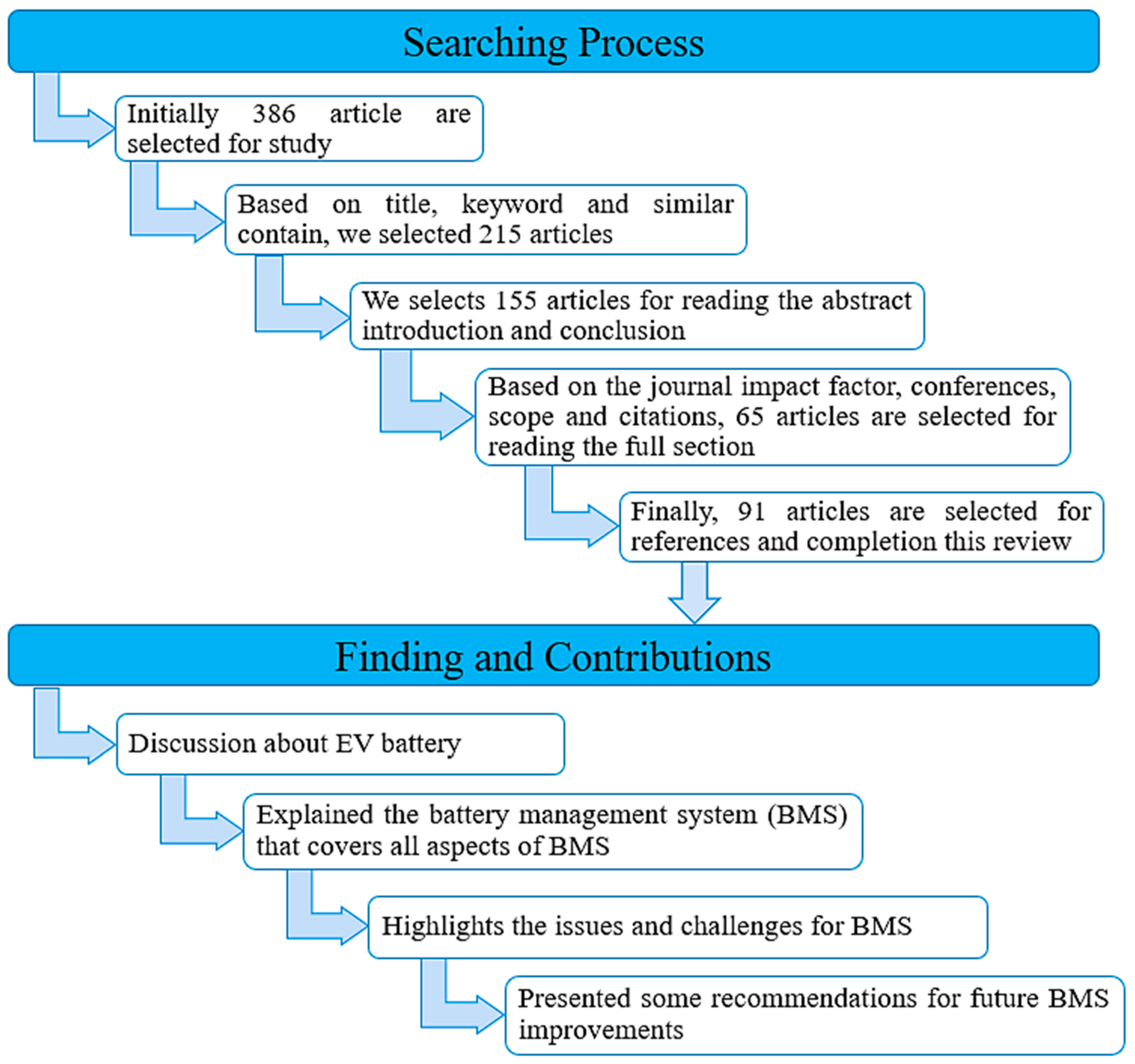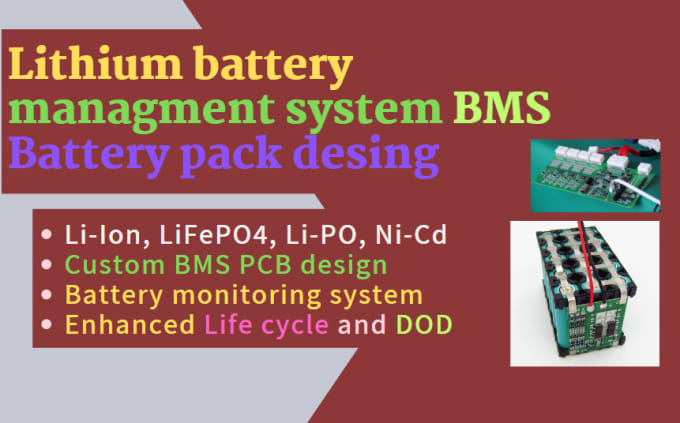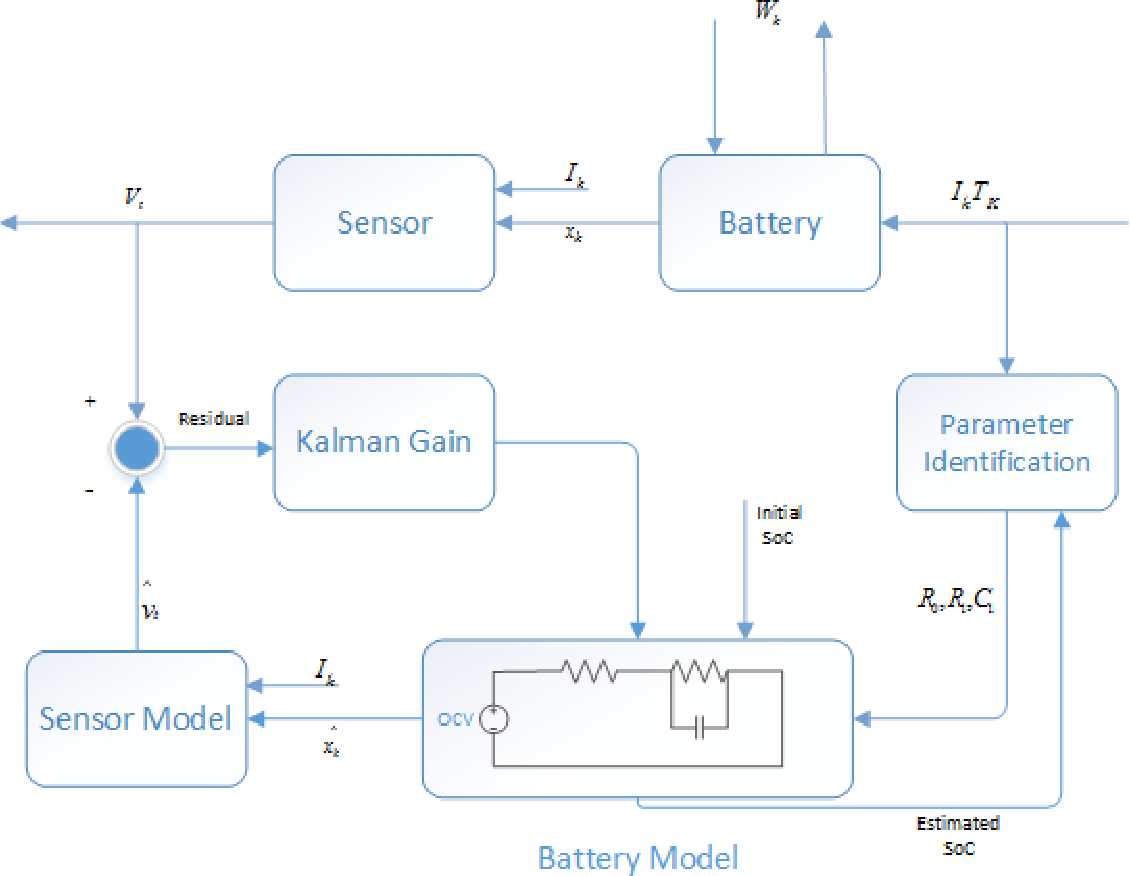LithiumIon Battery Management System for Circuit Diagram Unlock the complexities of bms design with an in-depth explanation of creating a safe and efficient battery management system tailored for lithium-ion batteries.

When choosing a BMS for a lithium-ion battery, the most important aspects to consider is the maximum current rating and that the BMS supports the correct number of series cell groups.

Battery Management System 18650 Circuit Diagram
For anyone who is a DIY enthusiast and requires a custom battery pack for their projects, then look no further than the powerful and versatile 18650 lithium-ion cells, coupled with a BMS, and you have a safe and long-lasting high-capacity source of power. In this tutorial, we will guide you step-by-step in the process of building an 18650 battery pack with a Battery Management System. Step1

A Lithium Battery Management System (BMS) monitors voltage, temperature, and current to prevent overcharging, overheating, and short circuits. By balancing cell voltages and disconnecting faulty cells, it mitigates risks like thermal runaway, ensuring safe operation in electric vehicles, renewable energy storage, and portable electronics. This real-time oversight is critical for prolonging

Battery Management System (BMS): The Definitive Guide Circuit Diagram
The battery management system monitors every cells in the lithium battery pack. It calculates how much current can safely enter (charge) and flow out (discharge). Every modern battery needs a battery management system (BMS), which is a combination of electronics and software, and acts as the brain of the battery. This article focuses on BMS technology for stationary energy storage systems. The most basic functionalities of the BMS are to make sure that battery cells remain balanced and safe, and important information, such as available energy, is passed An ideal lithium-ion battery charger should have voltage and current stabilization as well as a balancing system for battery banks. The voltage of a fully charged lithium-ion cell is 4.2 Volts.
